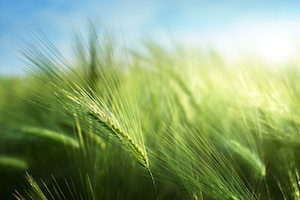Beginning in late March, many agricultural producers will look toward spring annual forages. This is when temperatures rise slightly above freezing and the ground becomes primed for planting. Now, experts from the University of Nebraska-Lincoln Extension are offering their insight into some of the best planting methods for this spring.
While oats are the most common cool-season annual forage planted across Nebraska, producers may also want to look into spring triticale or spring barley this season. Their performance is similar to oats in terms of quality and forage yield.
If grazing is a primary goal for producers, Italian ryegrass should be considered to extend the grazing period. Field peas may also be included to provide nitrogen fixation while enhancing forage quality.
It is worth noting that silage harvest can occur early while forages have a high moisture content. This allows the subsequent crop to be planted earlier, resulting in an extended growing period. When timing a silage harvest, it’s best to wait until cereal crops (wheat, triticale, oats, and rye) reach the soft dough grain stage. When silage is too dry, it is more difficult to achieve an adequate silage pack, which increases nutrient loss. When it’s too wet, the silage can develop higher butyric acid bacteria numbers, resulting in higher total digestible nutrient loss.
Finally, producers should also consider which herbicides they previously applied, as some can leave residuals behind, which can impact the planting process come spring.
More agricultural insight can be found on the University of Nebraska-Lincoln Extension’s Cropwatch website.
